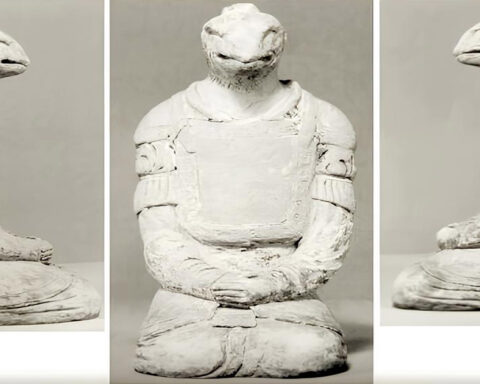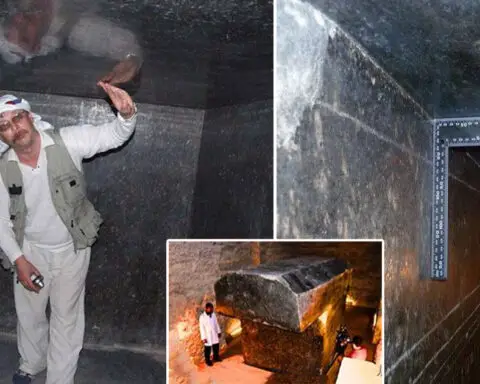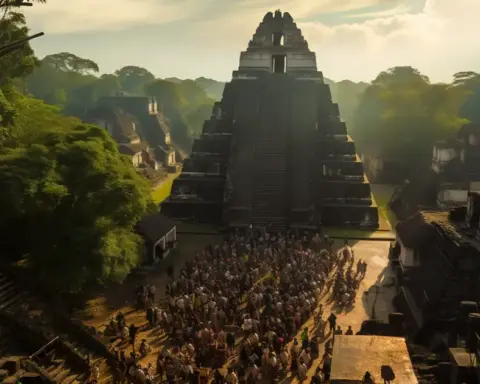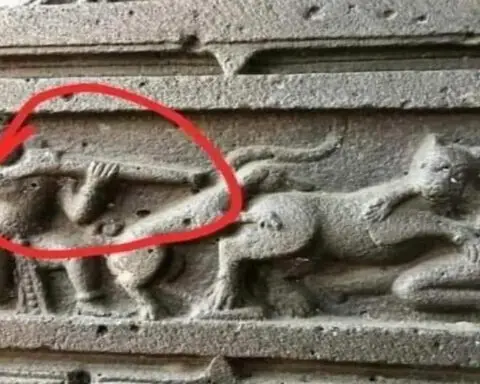In an exploration of the intersections between art, history, and science, an artwork attributed to Pieter Bruegel the Elder, dating back to 1562, stands as a focal point of curiosity and debate. This piece, a testament to Bruegel’s profound talent and intricate detail, has sparked a fascinating discussion among art historians, scientists, and the general public alike. What is particularly intriguing about this artwork is its depiction of creatures that bear a striking resemblance to what modern science has come to recognize as dinosaurs. This peculiar detail has led to an array of interpretations and theories, suggesting that Bruegel’s work may hold more mysteries than previously thought.
Pieter Bruegel the Elder, a figure renowned for his landscapes and peasant scenes, often infused his works with rich narratives and detailed observations of the natural world. However, the presence of dinosaur-like creatures in a 16th-century painting is an anachronism that challenges our understanding of history and prehistoric life. It begs the question: How could an artist from the 1500s depict creatures that science only formally recognized centuries later? This conundrum has fueled a split in opinion, with some viewers convinced that Bruegel had somehow glimpsed into the prehistoric past, while others speculate a more prosaic explanation.
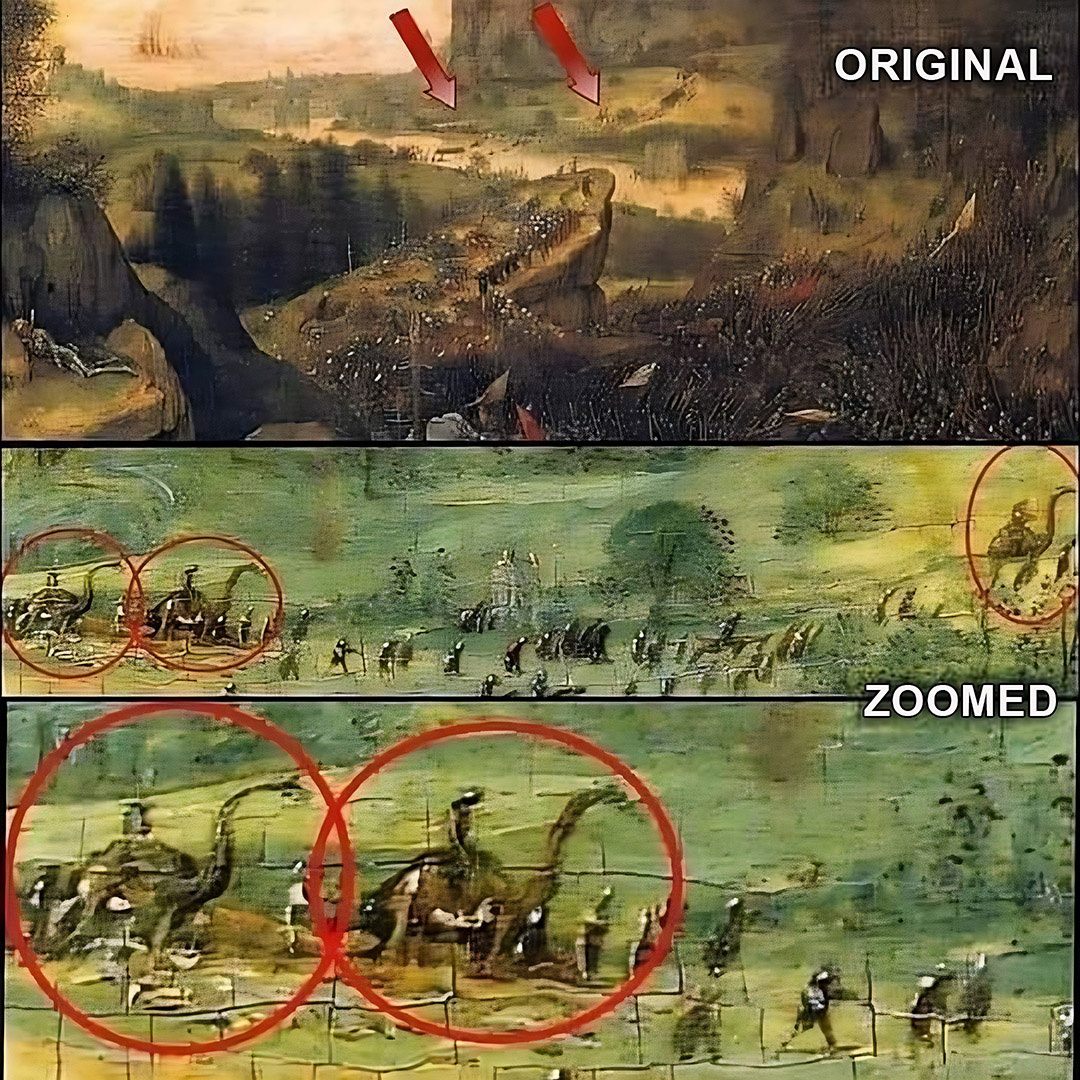
Upon closer examination, the collage of images showcasing this artwork—a combination of the original and a zoomed-in view of the contentious creatures—offers clues to this mystery. To the untrained eye, these figures might indeed resemble the dinosaurs that have captivated the human imagination since their bones were first unearthed. Their long necks and tails, coupled with their bulky bodies, evoke images of creatures that roamed the Earth millions of years before humans.
Yet, there is an alternative theory that posits these figures are not dinosaurs but rather representations of camels. Proponents of this view argue that Bruegel, known for his attention to detail and realism, might have depicted exotic animals that were known, albeit rare, in Europe at the time. Camels, with their distinctive body shapes and sizes, could easily be misinterpreted as more fantastical creatures when viewed through the lens of historical and cultural distance.
This debate is more than a matter of artistic interpretation; it touches upon the broader themes of knowledge transmission, the evolution of scientific understanding, and the imaginative capacity of the human mind. The idea that an artist from the 16th century could envision creatures from the distant past speaks to the timeless human fascination with the unknown and the limits of our understanding. Conversely, the possibility that these figures are camels reminds us of the richness of the world Bruegel inhabited—a place where the lines between the familiar and the exotic, the real and the imagined, were constantly blurred.
In the end, the artwork attributed to Pieter Bruegel the Elder remains a captivating enigma, a piece that transcends time and disciplines. Whether it depicts dinosaurs, camels, or something entirely different, it invites viewers to look closer, question their assumptions, and marvel at the enduring power of art to provoke curiosity, debate, and wonder. As we continue to explore the layers of meaning embedded in historical artworks, we are reminded of the complexities of interpretation and the subjective nature of human perception. In this way, Bruegel’s painting serves as a mirror, reflecting our desires to connect with the past, understand the present, and imagine the possibilities of the future.


